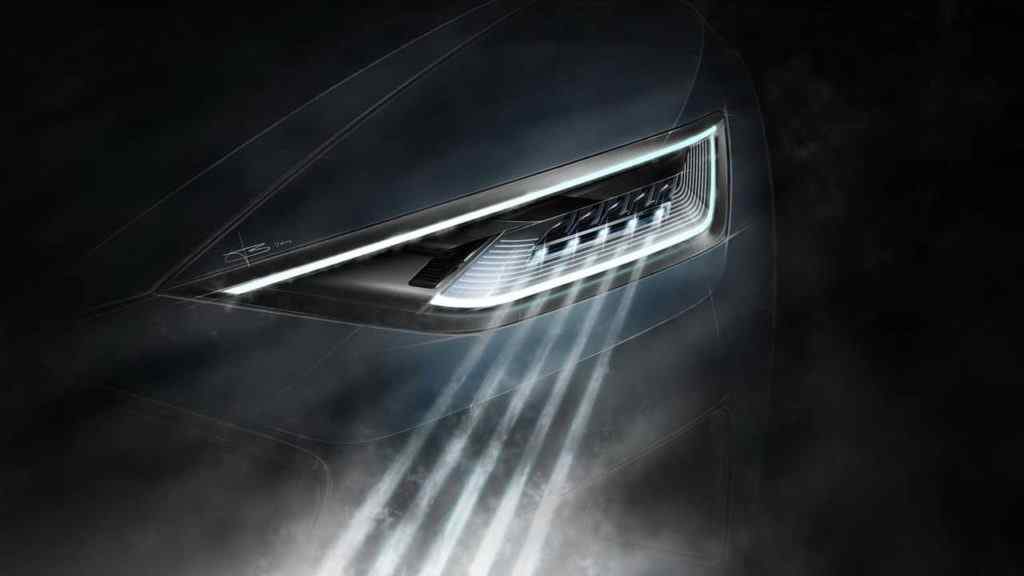Types of Car Headlight Bulbs and Lighting Technologies

In this article, we will discuss the types of car headlight bulbs and explore various lighting technologies, assisting you in making an informed choice when selecting your car’s illumination source.
When it comes to driving, ensuring optimal visibility on the road is paramount for safety. The right lighting not only helps the driver navigate but also alerts others to your presence, reducing the risk of accidents.
Types of Car Headlight Bulbs
Currently, there are three main types of headlight bulbs available for vehicles: Halogen bulbs, Xenon bulbs, and LED bulbs.
1. Halogen Bulbs
Halogen bulbs, a staple in the 90s and still found in many used cars, come in three primary variants: H1, H4, and H7. Among these, H7 is the most commonly encountered type. One notable advantage of halogen bulbs is their affordability.
Drawbacks: Despite their widespread use, halogen bulbs have some limitations, including outdated and relatively dim lighting with a range of only 150 meters. Additionally, they are known for high energy consumption and fragility.
2. Xenon Bulbs
Xenon bulbs derive their name from the gas they use, xenon. Introduced in 1991, these bulbs have become popular in high-end vehicles. Notably, they produce a distinctive white-blue light and boast a light beam range of over 200 meters.
Drawbacks: While xenon bulbs offer many advantages, their intense brightness can be blinding to other drivers, even though they are less fatiguing to the eyes. The scarcity of xenon gas also makes these bulbs relatively expensive.
3. LED Bulbs
LED, or Light Emitting Diode, bulbs have gained prominence for being more potent than halogen or xenon bulbs without causing excessive glare. They offer several benefits, such as energy efficiency, rapid ignition, and a lifespan comparable to that of the vehicle itself. The luminous flux of LED bulbs extends up to 300 meters.
Drawbacks: Nevertheless, LED bulbs have their disadvantages, including a propensity to overheat and potential risks to other car components. Hence, their adoption is not as widespread as other options.
Car Headlight Technologies
Automotive manufacturers are continually researching novel lighting solutions that combine safety and energy efficiency. Audi, in particular, stands at the forefront, introducing cutting-edge headlights in their latest high-end vehicles.
1. Laser Headlights
Laser headlights represent the most recent and innovative technology, surpassing the capabilities of previous bulb types. They emit light up to 600 meters with a broader, more powerful beam than any other existing bulbs. Surprisingly, their compact size conceals their fourfold brighter output compared to conventional LED bulbs.
Cons: Presently, laser headlights are primarily featured in premium vehicles like Audi and BMW, and they have yet to become standard in ordinary cars. Their efficiency and performance come at a premium price, making them the most expensive option on the market.
2. OLED Bulbs
While laser headlights lead the market in efficiency and cost, automotive experts are exploring even more advanced technologies. One such contender is OLED (Organic Light-Emitting Diode) technology, which is currently in the prototype stage for automotive applications, although it is already available in select television models.
Distinguishing itself from LED technology, OLED bulbs comprise flat light sources, providing a new level of uniformity. They eliminate the need for reflectors and cast no shadows. These bulbs are lightweight, easy to install, and space-saving, suitable for all vehicle types.
The automotive world eagerly awaits the potential of OLED technology, which promises an exciting future in-car illumination.
Also Read: 10 Useful Tips for Buying a Used Car
Follow Top and Trending on Google News and receive the latest alerts and the main news about apps, technology, beauty, entertainment, and all the top 10 related posts.
